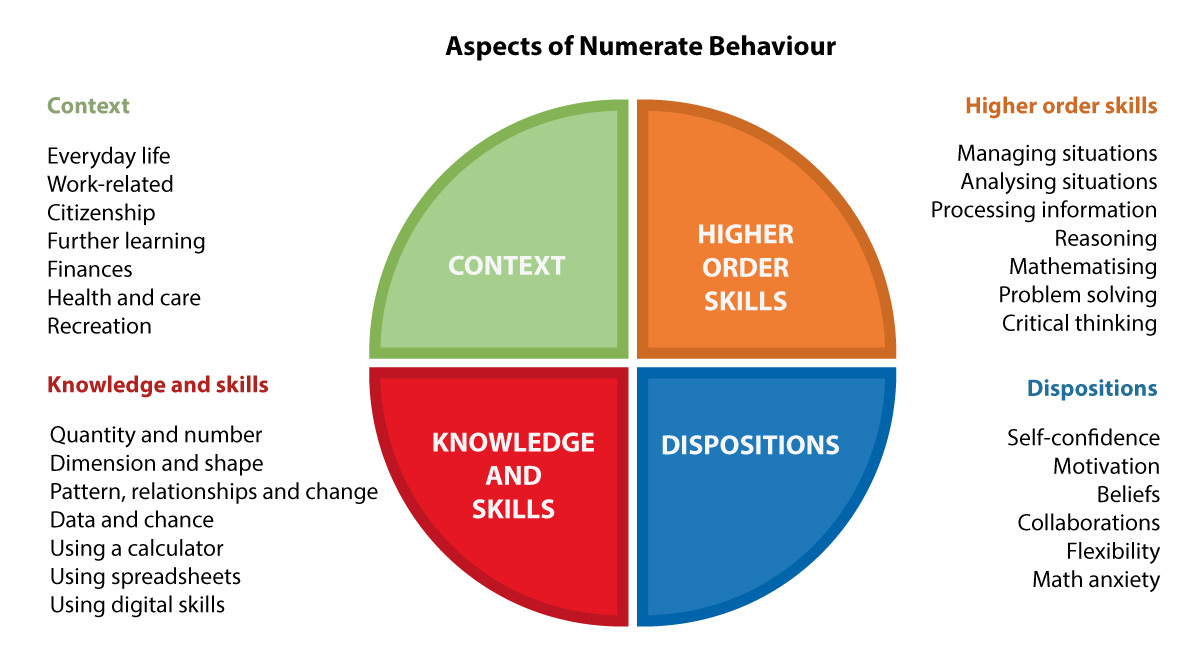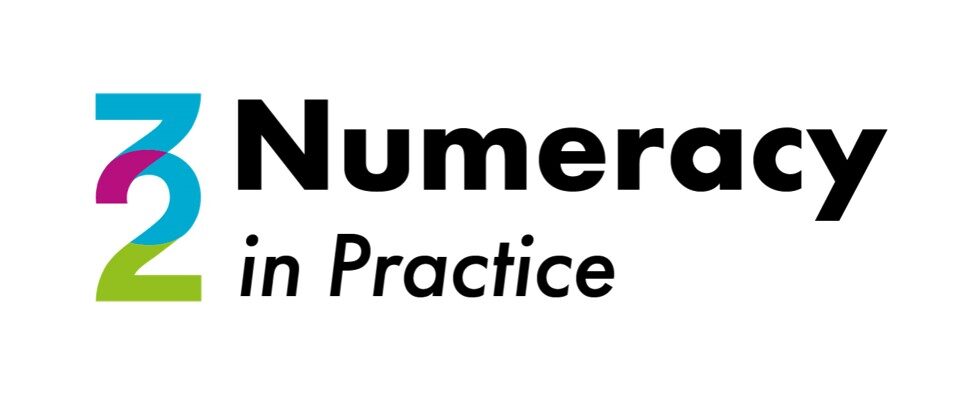Introduction
The objective of this module is to discuss challenges regarding numeracy awareness in our daily lives where numeracy is pertinent. The table in the background information summarizes the main challenges related to numeracy awareness embedded in the different social contexts of our lives.
The fact that numeracy in real life is often presented to us in an invisible way (implicit, embedded) represents a challenge for adult teachers who design the lessons, study programs and evaluation and assessment instruments (and for the authorities who design adult education standards). It is also a challenge for adults themselves since the “invisibility” of mathematics in certain situations is related to action dispositions such as “using intuition,” “beliefs,” and “emotional decisions” instead of using mathematical reasoning to solve problems and/or make decisions (like when I buy a lottery ticket because it coincides with my date of birth, without thinking that any ticket has the same probability of winning).
The objects that appear in the “mathematics knowledge and skills” facet in the CENF framework can be visible or invisible (embedded in the human practices of our societies). But in all cases, they are equally mathematical. Just because some practices are “common sense” does not mean they are any less mathematical.
Key Issues
- The numeracy that is embedded in situations is not always visible to people or isn’t regarded as mathematics or numeracy
- The numeracy activities people undertake are not always recognised as mathematics.
- A important part of strengthening the numeracy competencies of learners is to make the “invisible” mathematics visible in situations and in their own actions.
Relation to Framework

Suggestions for PD meetings
Background information
Powerpoint Numeracy all around you
Seaa lso the special menu item on Awareness
Creating materials for awareness of the importance of numeracy was one of the results of the Numweracy in Practice project.
Literature
Bakker, A., Hoyles, C., Kent, P., & Noss, R. (2006). Improving work processes by making the invisible visible. Journal of Education and Work, 19(4), 343–361. https://doi.org/10.1080/13639080600867133
Coben, D. (2000). Mathematics or Common Sense? Researching ‘Invisible’ Mathematics through Adults’ Mathematics Life Histories. In D. Coben, J. O’Donoghue, & G. E. Fitzsimons (Eds.), Perspectives on Adults Learning Mathematics (pp. 53–66). Kluwer Academic Publishers. https://doi.org/10.1007/0-306-47221-X_3
Díez-Palomar, J., Ramis-Salas, M., Močnik, I., Simonič, M., & Hoogland, K. (2023). Challenges for numeracy awareness in the 21st century: making visible the invisible. Frontiers in Education, 8. https://doi.org/10.3389/feduc.2023.1295781
Hoogland, K. (2023). The changing nature of basic skills in numeracy. Frontiers in Education, 8. https://doi.org/10.3389/feduc.2023.1293754
